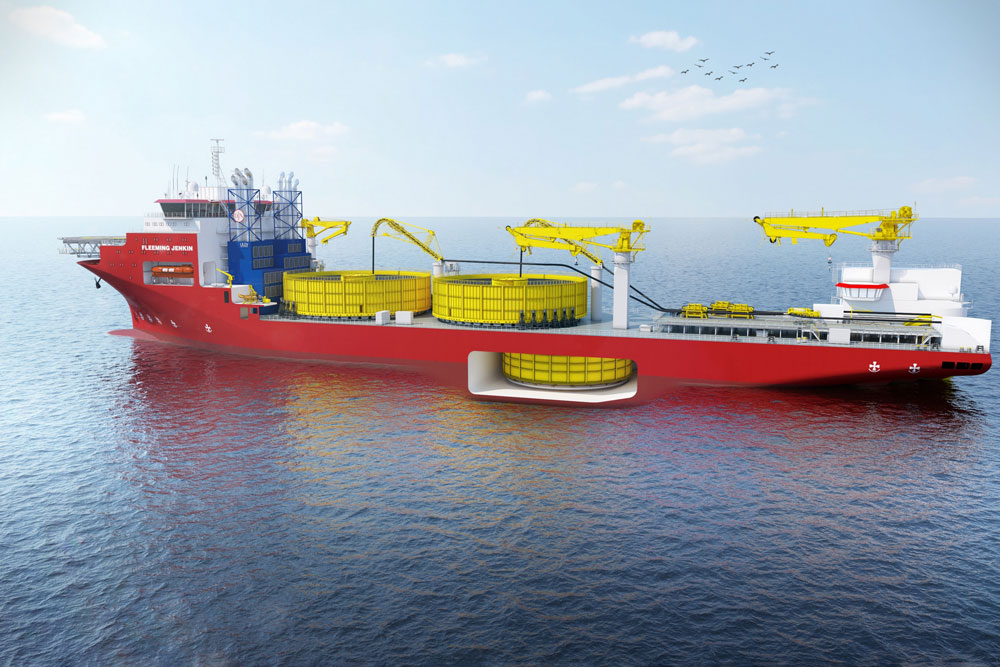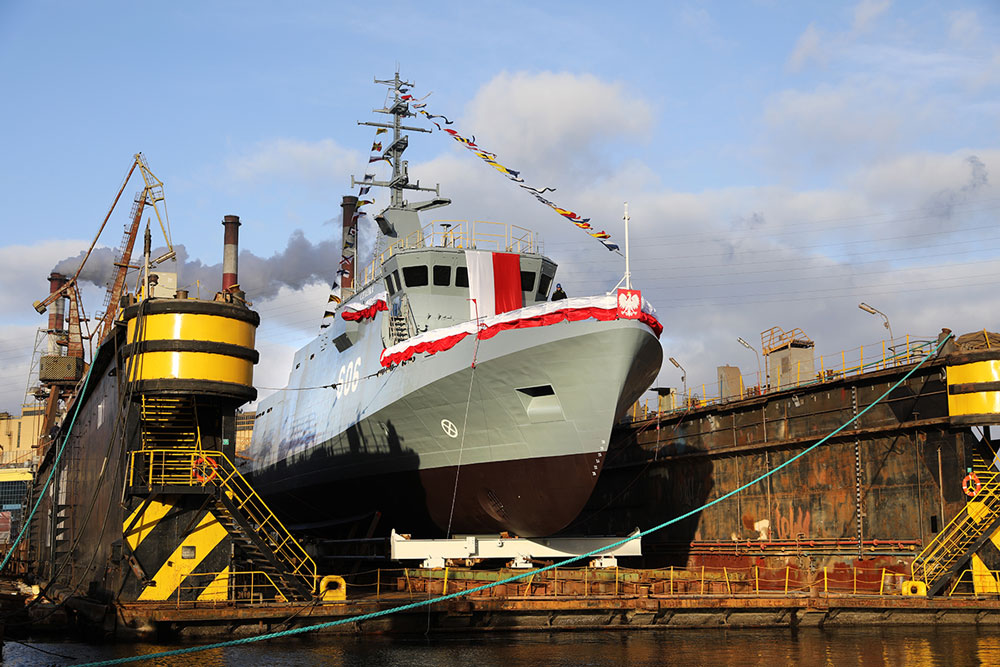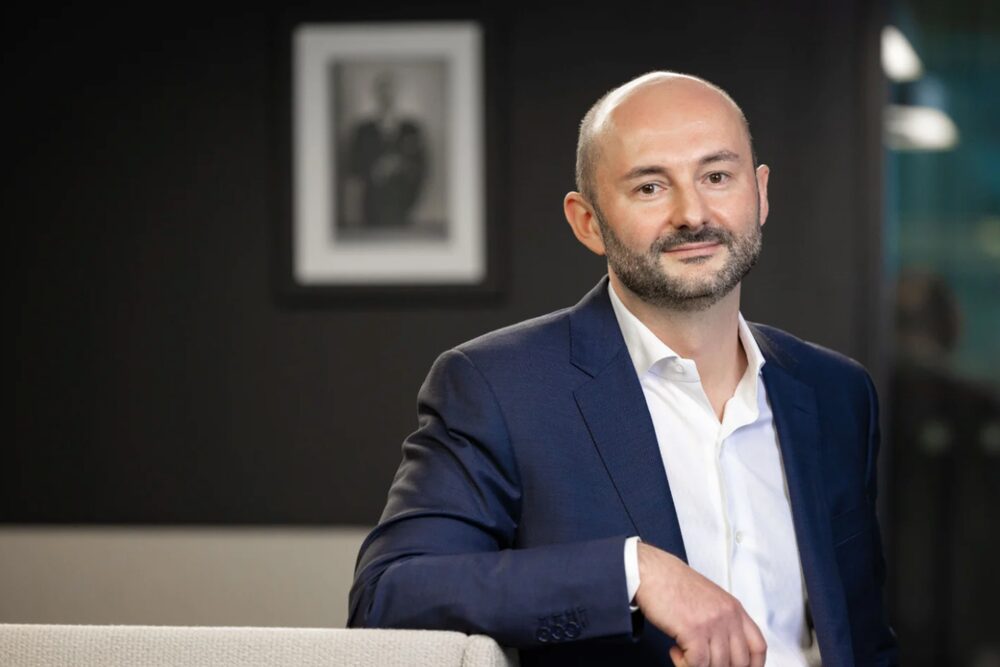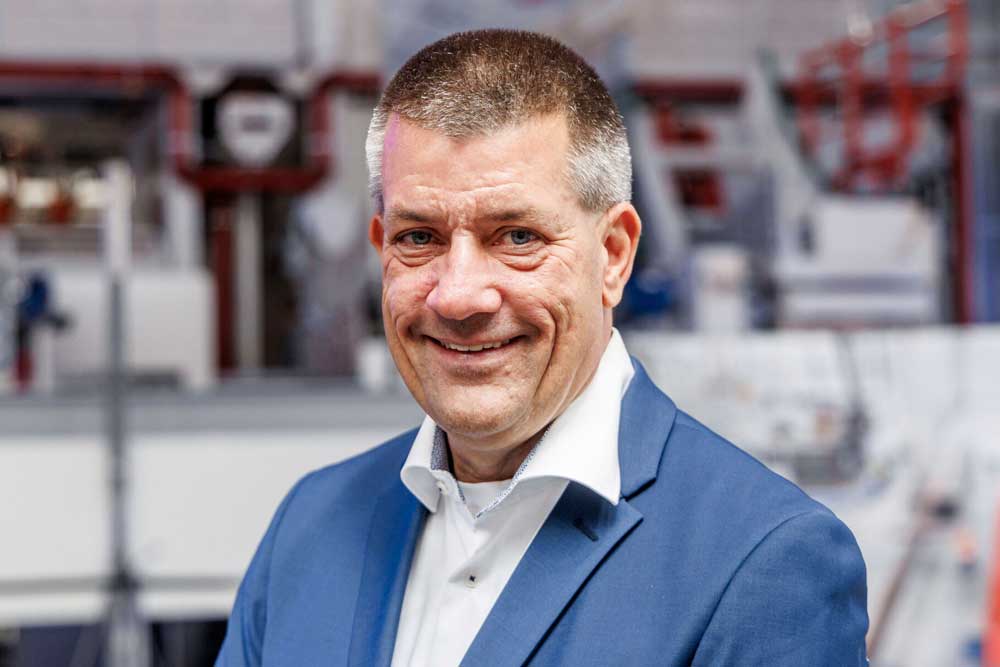In order to transport green energy from Egyptian solar and wind parks to Europe, the Belgian company Jan De Nul wants to lay an underwater cable from Egypt to Europe.
To this end, Jan De Nul signed an agreement with the Egyptian government, represented by the Egyptian Electricity Transmission Company (EETC), last week. Initially, a study will be carried out for the installation of an underwater export cable between Egypt and Europe[ds_preview].
At the end of September, the Egyptian government reportedly confirmed its plans to build an undersea cable connecting Egypt to Europe to supply electricity from Egyptian solar and wind power plants to the European energy market.
The interconnector will transport more than 2 gigawatts of solar and wind energy from Egypt to Europe via an undersea cable of around 1,000 km. The currently longest interconnector cable between Denmark and the UK is 765 km long. Another challenge is the water depth of up to 3,000 m along the cable route.
Jan De Nul orders cable-laying vessel
The Jan De Nul Group will now carry out a financial and technical study with the intention of participating in the development of the export project. The study will cover project financing, the production of green electricity, the installation and production of transmission systems such as cables, and the search for partners to connect to the existing grids in Europe.
Philippe Hutse, Director Jan De Nul Offshore Energy: “We are very happy about the conclusion of this agreement. Egypt recognizes our expertise in laying ever longer export cables on and in the seabed. We have recently ordered a new next generation cable-laying vessel, the Fleeming Jenkin, which is twice the size of any other cable-laying vessel in the world. We are building this vessel for exactly this type of project: long distances, great depths. This is something that absolutely sets us apart in the cable-laying market. Egypt is clearly a pioneer in the energy transition on the African continent and we look forward to supporting the country.”
Actual project implementation is scheduled to begin in 2027.















